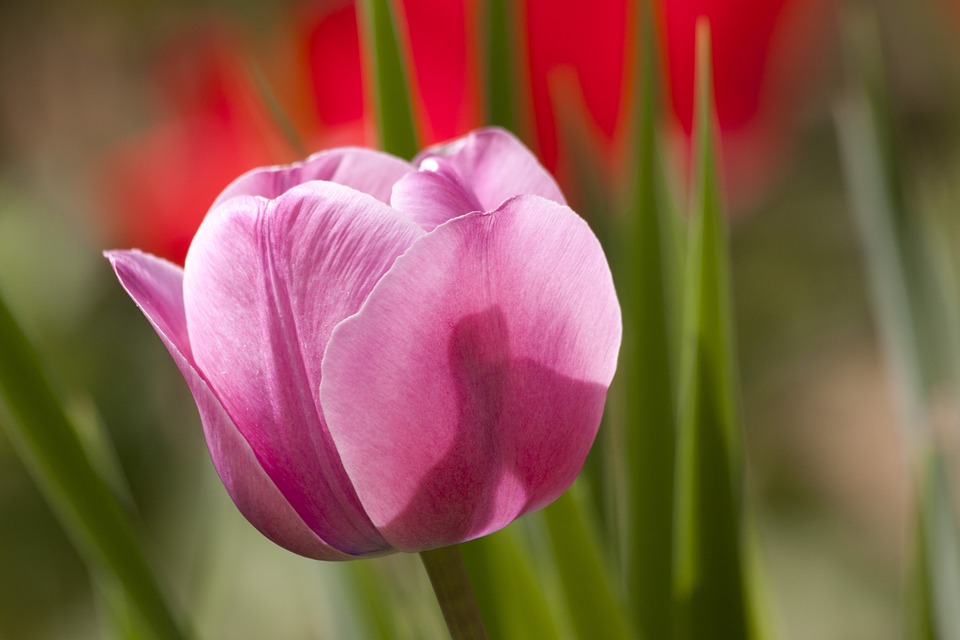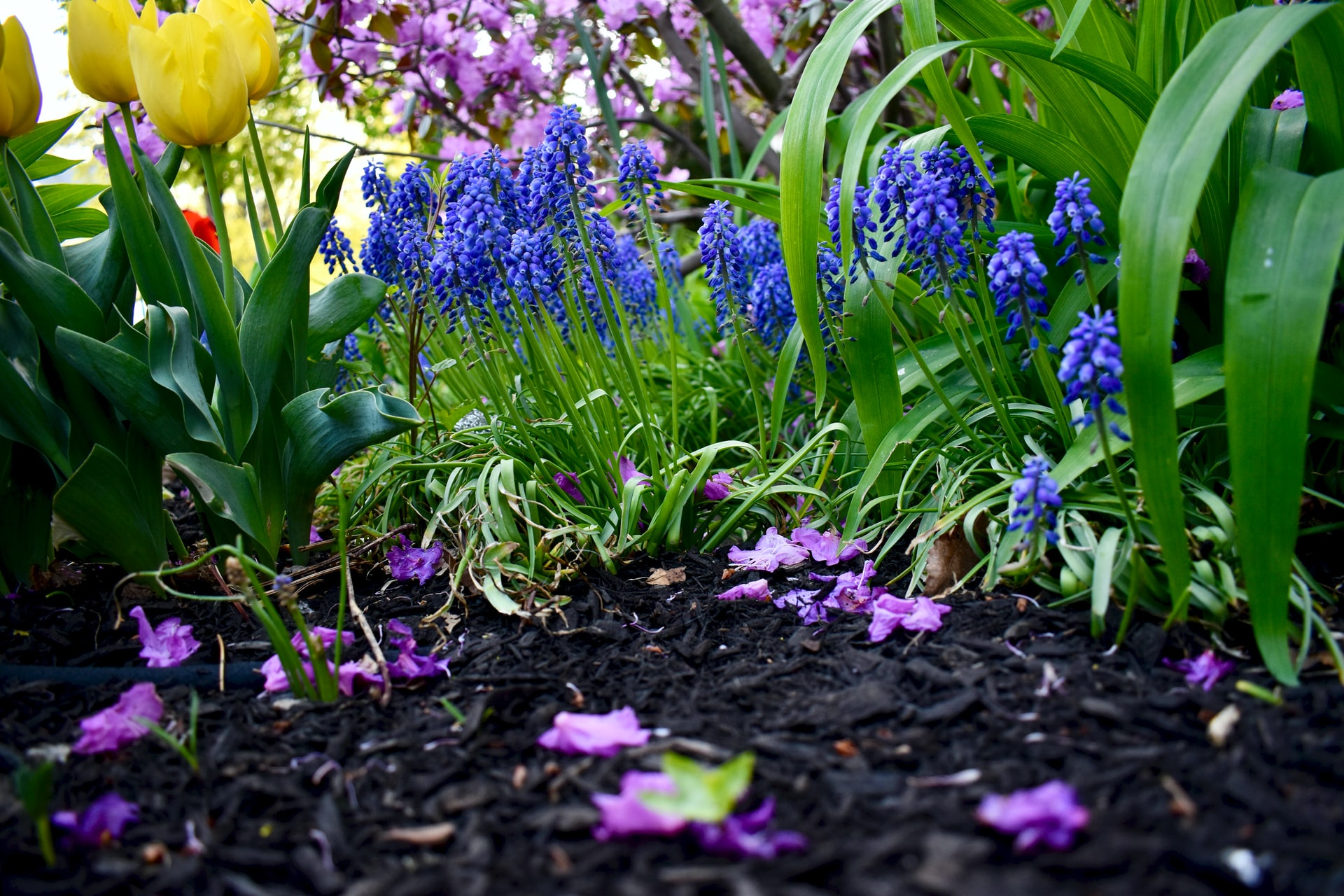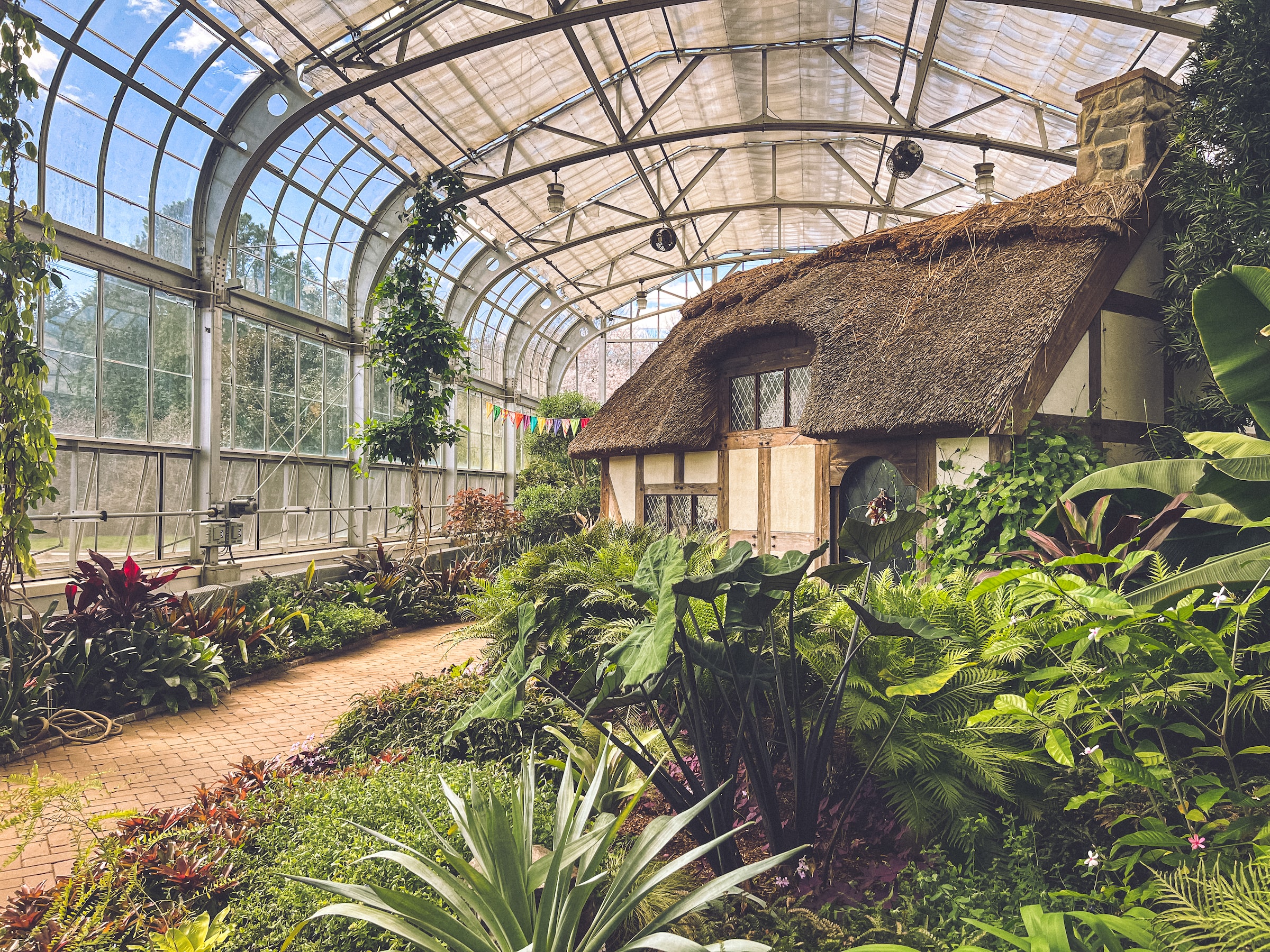Today we are talking about tulips. The tulip is an ornamental flower famous for its beauty. Most tulips bloom well in cold winters because it takes time for the bulbs to cool down. There are many varieties and many improved hybrids (cultivars).
Tulips can be grown in pots, containers, ready-made flower beds, borders, bonsai, and greenhouses. Tulips belong to the genus Tulipa L., which belongs to the lily family.
There are 17 plants in the tulip genus and an infinite number of hybridized species. Since ancient times, people have been busy creating more impressive varieties of different shapes, sizes, colors, and stripes.
Planting tulips
This should be done in the fall and at the beginning of winter to allow the tulip roots to develop before frost.
The first task is to create a seedbed to plant the tulips. The seedbed should be sprinkled with organic matter. General soil is good, but compost is also fine. Then dig up the soil so that it is not tilled too deeply.
Look closely for brown spots on the tulip bulbs and roots.
Now coming to planting our bulbs, remember that the bulbs should be planted at a depth times their height; the distance between them should be equal to the diameter of each bulb if the bulb and another 5 cm covered with a layer of soil of at least 10 cm.
They should be planted in groups to get excellent results; it is possible to plant the bulbs with special tools that we use to make holes in the ground and then plant the bulbs at the desired depth, which should always be twice the height of the bulb.
Rats and small animals will eat the bulbs, so planting other bulbs (such as daffodils) around the bulbs to create a barrier will poison the rats and protect the tulips.
So, cover them with soil from the hole, thus tightening the soil, and once they are planted, all that is left is to water them generously and wait for the next spring.
This process is necessary to stimulate the development of the root system before winter, with the arrival of summer, when the tulips begin to sprout.
It may also be necessary to water more frequently in spring and apply a special fertilizer for bulb plants that contains nitrogen and phosphorus to encourage longer blooms.
There are many reasons why tulips do not bloom.
Lack of nutrients: Tulips need phosphorus to form flower buds. It is recommended that tulip bulbs be fertilized annually with a phosphorus-rich fertilizer.
Improper growing environment: Is the tulip planted in a sunny location? Is the soil well drained? Is the tulip planted at the proper depth? Tulips should be planted twice as deep as they are tall.
Lack of vigor: Resist the urge to trim the leaves after the tulips have wilted. Cutting too early will prevent the leaves from storing enough energy to form bulbs. Let the leaves die naturally and prune off spent tulip flowers so that energy is not lost to tulip seed production.
Bad Bulbs: Sometimes the bulbs you buy are unhealthy. Inspect the bulbs before purchasing and planting them. Were the bulbs you purchased healthy and swollen? If you bought a lot of bulbs, it is a good idea to open one and see if the center flower bud is brown and dry.

When Should I Divide Tulip Plants?
Tulips should be dug up and divided after the leaves have completely withered, usually in mid-summer to mid-autumn.
Do you have any other tips? Share it with us in the comments below!



